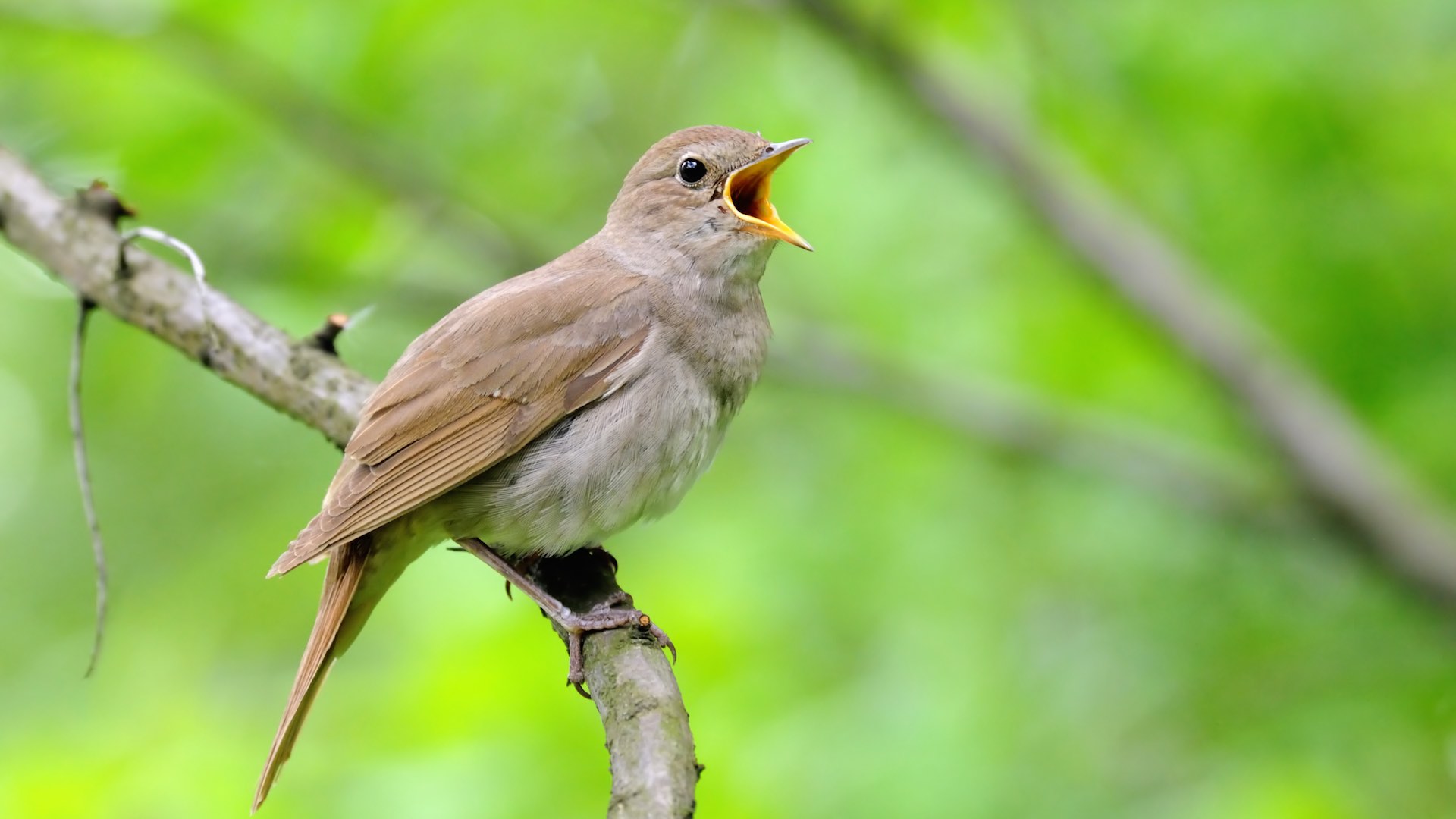
Biography
In this modern age, with biodiversity in decline and habitats being eroded, the Nightingale has become representative of all that we have to lose.
The nightingale (Luscinia megarhynches) is a small, brown, unremarkable looking bird, but it possesses one of nature’s finest singing voices. The bird winters in Africa but spends April to July mating and nesting in Europe and the Middle East. Worldwide, the population is healthy but the numbers visiting England have declined so sharply that it is now on the UK’s Red List of species of the greatest conservation concern.
The name nightingale comes from the Old English ‘nigtgale’ – the night songstress – reflecting the long-held belief that it was the female birds which sang. In fact, the best singers are the males – trying either to attract a mate or to protect territory.
One of the most memorable features of the nightingale’s song is its rich variety – taking in mellow tones, flute-like sequences and a wide array of chatters, rattles and whistles. A typical singer may use 180 different riffs while a truly accomplished performer may incorporate around 250.